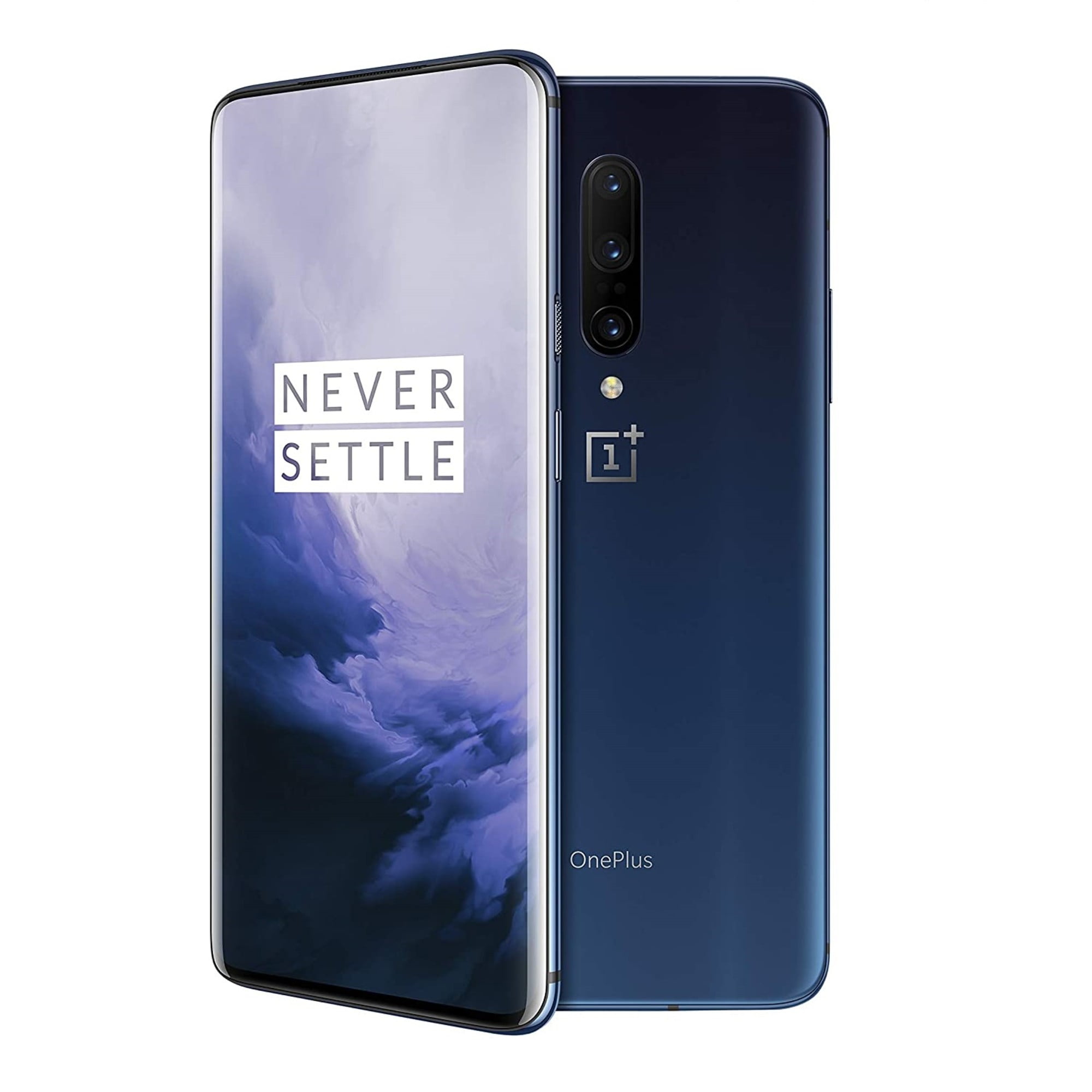

to base its product's Android software upon Cyanogen OS, a commercial variant of the popular custom ROM CyanogenMod, and use its trademarks outside China. Continuing Lau's association with the platform from the Oppo N1, OnePlus entered into a non-exclusive licensing agreement with Cyanogen Inc. The company's primary cost-cutting measure was a decision to exclusively sell the device online, rather than at retail or through wireless carriers, citing the success of a similar online sales model for Nexus devices. Lau compared the ideals of OnePlus with those of the Japanese company Muji, with a focus on high quality products with simplistic designs. He argued that, despite their lower cost, users would "never settle" for the lower-quality devices produced by other Chinese companies, and similar startups such as Blu and Yota. The company's main goal was to design his "dream" smartphone one that would balance the quality of high-end devices from its major competitors with a lower price than other phones in its class. The OnePlus company was founded on 16 December 2013 by former Oppo vice-president Pete Lau. As of 20 April 2015, the device no longer required an invite to purchase. On 6 June 2014, the device was available for general sale. These invitations were primarily distributed by the company through contests, some of which attracted attention for their unconventional or controversial nature. The phone was first made available for sale on 25 April 2014, exclusively from the OnePlus website, but initially required prospective customers to obtain an invitation before they could purchase it. The OnePlus One shipped to most markets with the Cyanogen OS operating system pre-installed, a commercial variant of CyanogenMod. It was also intended to be developer friendly, and has since received a wide variety of ROMs and custom kernels from the community. The OnePlus One was designed to compare favorably – in performance, quality, and price – to flagship devices by leading smartphone manufacturers. Unveiled in April 2014, it is the first product by OnePlus. The OnePlus One (colloquially abbreviated to OPO and also known as OnePlus 1) is an Android smartphone manufactured by OnePlus. Multi-touch touchscreen display, triple microphone configuration, 3-axis gyroscope, 3-axis accelerometer, digital compass, proximity sensor, ambient light sensor
One plus phone Bluetooth#
Wi-Fi ( 802.11 a/ b/ g/ n/ ac) (2.4/5 GHz), Wi-Fi Direct, Wi-Fi hotspot, DLNA, Bluetooth 4.0, A2DP, NFC, A-GPS & GLONASS, microUSB 2.0, USB OTG, USB Host, 3.5 mm headphone jack Sony Exmor RS IMX214 13 megapixels (4128×3096 px), autofocus, dual- LED flash, DCI (native support, OpenCamera lets you do 30fps 100 Mbps) HDR ĥ megapixels, (extra-wide 80º viewing angle)

LED-backlit IPS capacitive touchscreen, 16:9 aspect ratio, 600 cd/m2 max brightness (typical), and oleophobic coatingĭual mono speakers, 3.5 mm stereo audio jack Qualcomm Snapdragon 801 MSM8974PRO-AC r2p1ġ6 GB (Silk White), 64 GB (Sandstone Black)ĥ.46 in (139 mm) 1920x1080 pixel resolution, 401 ppi pixel density, 800:1 contrast ratio (typical) Original: Android 4.4.2 "KitKat": CyanogenMod 11S (global version)Īndroid 4.3 "Jelly Bean": ColorOS (Chinese version)Ĭurrent: Android 5.1.1 "Lollipop": OxygenOS 2.1.4 (global version)Īndroid 6.0.1 "Marshmallow": HydrogenOS 2.0 (Chinese version)
One plus phone pro#
For the price, the 10 Pro gives you great cameras and all the speed you'll need.The front face view of the OnePlus One ("Sandstone Black", 64 GB) running Cyanogen OS 12 Both the OnePlus 10T and OnePlus 11 are more powerful, but only by slight degrees. Throw in super fast charging, good battery life, and speedy performance, and the OnePlus 10 Pro is a delight to use. A plentiful supply of software features strengthens its potential. The main camera produces bright and colorful images while the ultrawide offers a quirky extra wide angle. It has a 48MP f/1.8 main, 50MP f/2.2 ultrawide and 8MP f/2.4 telephoto set of lenses. Its camera isn't quite the strongest compared to same-price rivals but it still takes great photos.


We suspect all OnePlus 10 Pro models are similarly durable, but T-Mobile wanted to advertise the certification. If you buy the OnePlus 10 Pro on T-Mobile in the US, it will be certified IP68 water resistant, which means it can handle a dunk in water, unlike the newer OnePlus 11. The OnePlus 10 Pro has seen a price drop since the new OnePlus 11 was announced, and it now sits at an affordable price that makes it a great buy if you don't mind picking up a year-old phone.


 0 kommentar(er)
0 kommentar(er)
